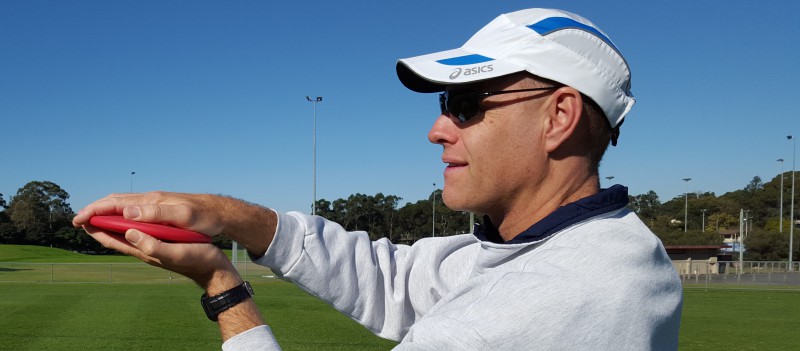Why Young Athletes Don’t Need Such Long Approaches In The High Jump, Long Jump And Javelin
It is common for kids to want to use excessively long run-ups in athletics events like high jump, long jump, and javelin. Put the kids on the runway and many will start from as far back as they can. It’s understandable. They want to emulate their heroes and it’s fun! But run-ups that are far too long can lead to problems. Here are three of them:
1. Excessive Energy Expenditure
One of the key aims of the run-up is to generate optimal velocity for take-off or implement release. This usually involves accelerating right up to the take-off or release point.
In the high jump, a certain amount of momentum is needed for an athlete to get into an effective take-off position and then be carried over the bar. In the long jump and javelin, the speed at take-off and the speed of release are the main determinants of the distance achieved.
Using an overly long run-up needs more energy to maintain momentum. This extra energy expenditure often leads young athletes to prematurely tire and slow down before they complete their approach. This negates much of the reason we use a run-up in the first place.
Run-up distances that are more appropriate for the age and ability of the child will help them maintain their speed right up to take-off or release.
2. Inconsistency in Performance
The consistency of the approach is crucial in achieving optimal results in high jump, long jump, and javelin. In the high jump, a precise take-off point is a vital factor in bar clearance. In long jump and javelin, it is a critical element in preventing fouls and maximising distance.
The longer the run-up the more challenging it becomes for young athletes to replicate the same approach and take-off/delivery point every time. More strides mean that more can go wrong. Using fewer strides lowers the margin for error.
3. Technical Issues
Too long run-ups can result in technical troubles for a young athlete. The longer a child is required to perform a challenging posture or series of movements the greater is the chance they won’t. This is partly due to fatigue, but also due to a faltering focus. It is common to see a child with a perfectly aligned javelin at the beginning of their (too long) run-up then completely lose this alignment during their journey on the runway. There is just too much going on for too long, overwhelming their working memory. A shorter run-up will lessen the cognitive load.
How long should a run-up be?
For beginners, a very broad guide is to use an approach of 9-10 strides or roughly 10-12 metres. It may be less in some cases (particularly during the learning stages; 3-5 stride run-ups in javelin are common) and a little more is ok. Anything wildly longer this is probably too long.
How can you tell a run-up is too long?
If the child has to hold their optimal speed for more than a few strides, has time to slow down, or their technique falls apart, you should probably experiment with shortening their run-up.
How can you tell a run-up is too short?
A run-up may be too short if it doesn’t allow time for a child to reach an optimal speed.
Summary
Run-ups are necessary for building momentum and achieving effective performances in high jump, long jump, and javelin. An excessively long run-up can lead to problems like energy expenditure issues, inconsistency, and technical troubles.
Coaches and kids need to strike a balance and tailor the run-up length based on the child’s skill level, technique, and physical capabilities.
We don’t want to spoil their fun, but see if you can convince some of those youngsters who are using excessively long run-ups to subtract a few strides from their approach. Once they try, the results might just convince them.
Further Reading
E-Book:
The Flop High Jump Run-Up Guidebook
Article:
How to Teach a Long Jump Run-Up in 7 Easy Steps
If this post helped you please take a moment to help others by sharing it on social media. If you want to learn more I encourage you to leave questions and comments or contact me directly.
Darren Wensor is a sports development professional, coach educator, specialist coach of young athletes, and founder of the blog coachingyoungathletes.com. Learn more about him here and connect with him on Twitter, Facebook, Linkedin, or via email. Check out Coaching Young Athletes on YouTube, the Coaching Young Athletes podcast, and the Coaching Young Athletes E-Book Series.

